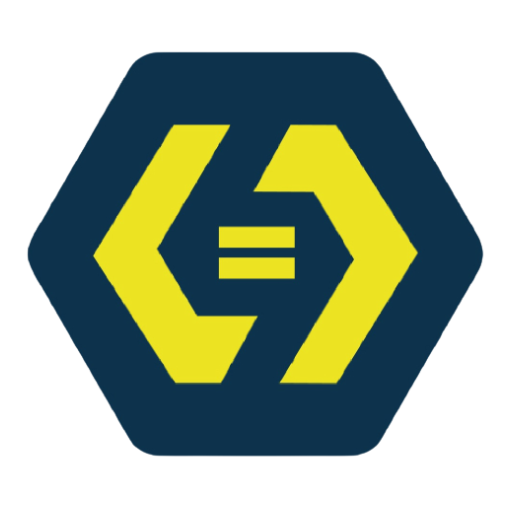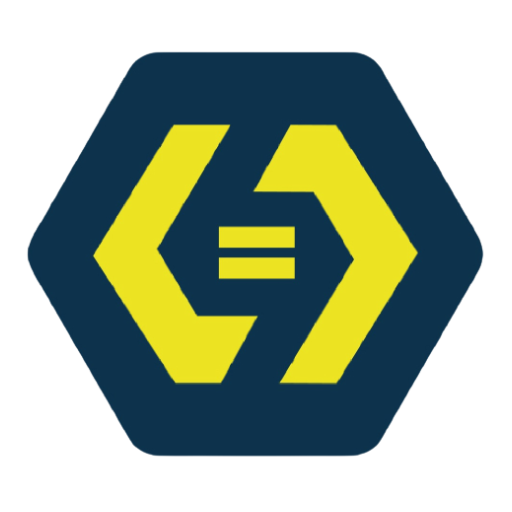Understanding the core syntax and data types is essential for building PHP applications. Let’s dive in!
PHP Basic Syntax
- PHP tags: Every PHP script starts with
<?phpand ends with?>. - Comments: Use
//for single-line comments and/* */for multi-line comments. - Case sensitivity: PHP is case-sensitive for variables and functions.
- Whitespace: PHP ignores extra whitespace (spaces, tabs, newlines) for readability.
PHP Data Types
PHP supports several data types to store different kinds of information:
- Integer: Represents whole numbers (e.g., 42, -10).
$age = 30;- Float (or double): Represents numbers with decimal points (e.g., 3.14, -2.5).
$pi = 3.14159;- String: Represents text enclosed in single or double quotes (e.g., “Hello”, ‘world’).
$greeting = "Hello, world!";- Boolean: Represents logical values, either
trueorfalse.
$is_active = true;- Array: Stores multiple values in a single variable (we’ll cover arrays in detail later).
- Object: Represents instances of classes (we’ll explore objects in object-oriented PHP).
- NULL: Represents a variable with no value.
$empty_value = null;Type Casting
You can convert one data type to another using type casting:
$number = 10;
$string = (string)$number; // Converts $number to a string "10"By grasping these fundamental concepts, you’ll be able to effectively manipulate data within your PHP scripts. In the next article, we’ll explore variables, constants, and operators in more detail.

